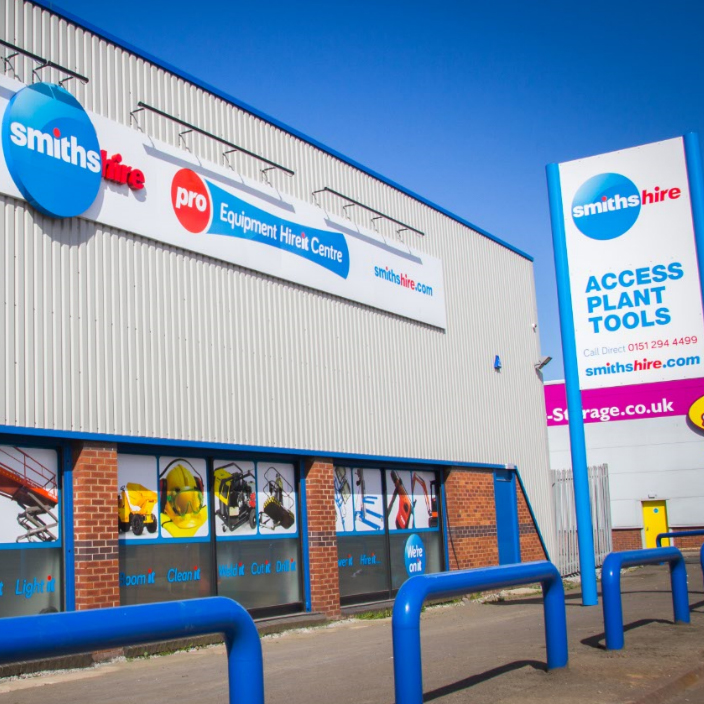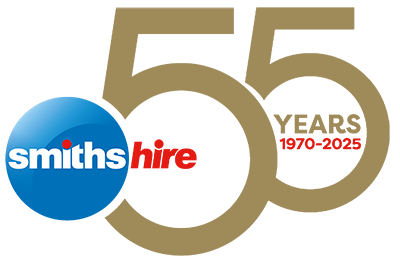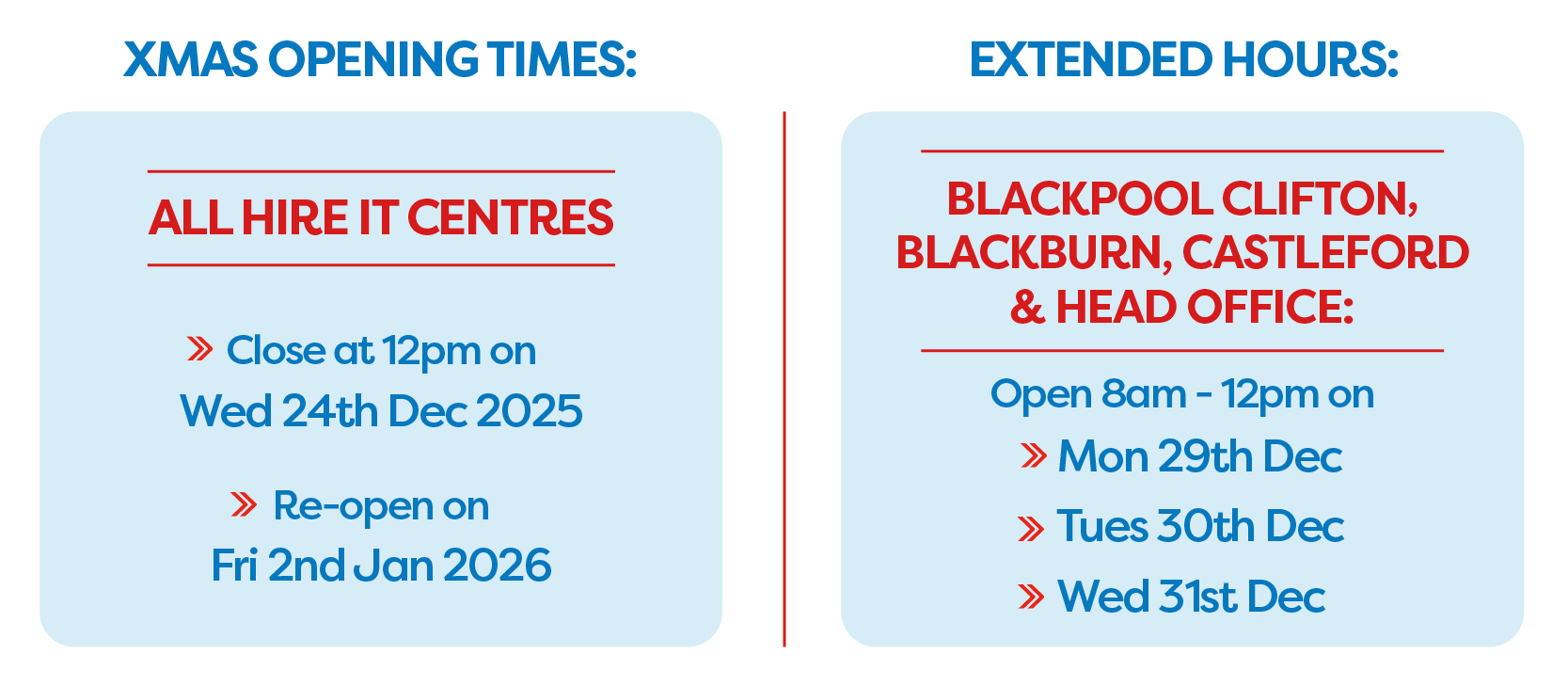Crucially though, it makes all the difference to the health and safety of your staff.
With more than 50 years of experience behind us here at Smiths Hire, we have a long history of supplying all types of access equipment to the trade and DIY sectors, making us the top choice for scaffold tower hire, cherry picker hire and scissor lift hire. That means you can trust our experts to know exactly what sort of jobs require this type of powered access equipment.
Now, for most DIY jobs and some light commercial work, you might find that ladders fit the bill just fine. Here though, we’ve listed some common scenarios in which powered access equipment will be far better suited to the requirements of the task at hand.
1. The job requires working at height for extended periods of time
Working at height can be surprisingly tiring – as you may already know if you’ve ever done any yourself! And while some level of fatigue is to be expected while doing any kind of physical work, it can be dangerous when you’re working at height. Fatigue leads to mistakes, mistakes can lead to accidents, and accidents can lead to injuries – sometimes very serious ones.
This is a large part of why the Health and Safety Executive recommends using a ladder for a maximum of thirty minutes at a time, so if you think the job is likely to take longer than that, powered access using something like a cherry picker may be more suitable. (Especially if it’s an intensive job, such as a critical repair.)
2. The job requires working at significant heights
Depending on the height involved, this decision may be made for you right on the off – some heights are simply out of reach for any ladder. However, if the task is just within your ladder’s reach, it’s still worth considering powered access equipment regardless. Obviously the higher off the ground you are, the more the risk increases, especially considering that a ladder becomes less stable the higher up the rungs you go.
Even short falls can be surprisingly dangerous (a fact that’s sometimes underestimated even by experienced operators), and falls from greater heights can have life changing consequences. On the other hand, powered access equipment tends to retain the majority of its stability no matter how high you go, making it the perfect option to complete the highest jobs with complete peace of mind.
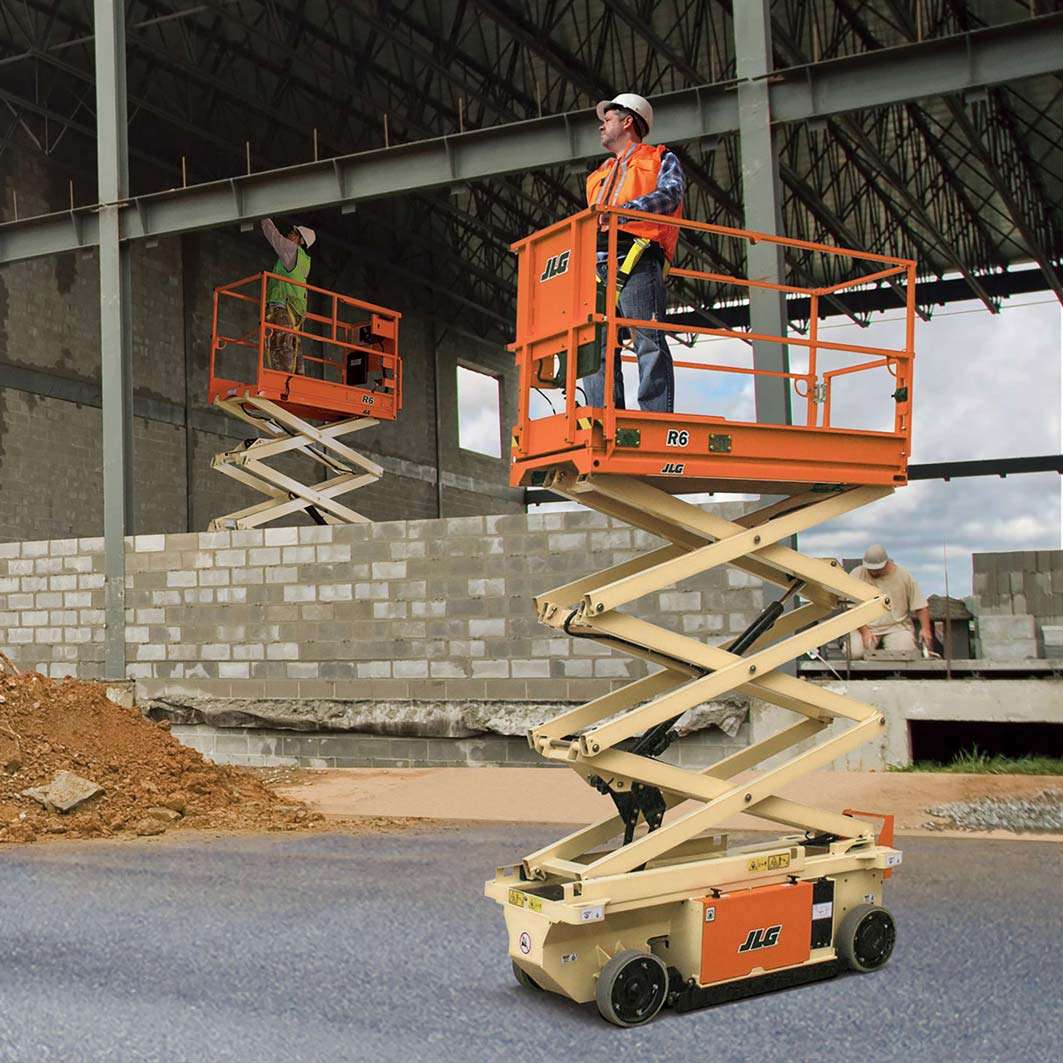
3. You need to manoeuvre around notable obstructions
This is a common issue when working at height in expansive indoor environments, where you may encounter obstructions such as air conditioning units, pipes, or ventilation ducts. Trying to work around these with just a ladder can be both cumbersome and dangerous, since it often comes to down to a choice of having to reposition the ladder every few minutes or so, or simply keeping it in place and trying to lean or peer around the obstruction. With the second option, there’s obviously a huge risk of accidentally leaning out too far, and overbalancing the ladder.
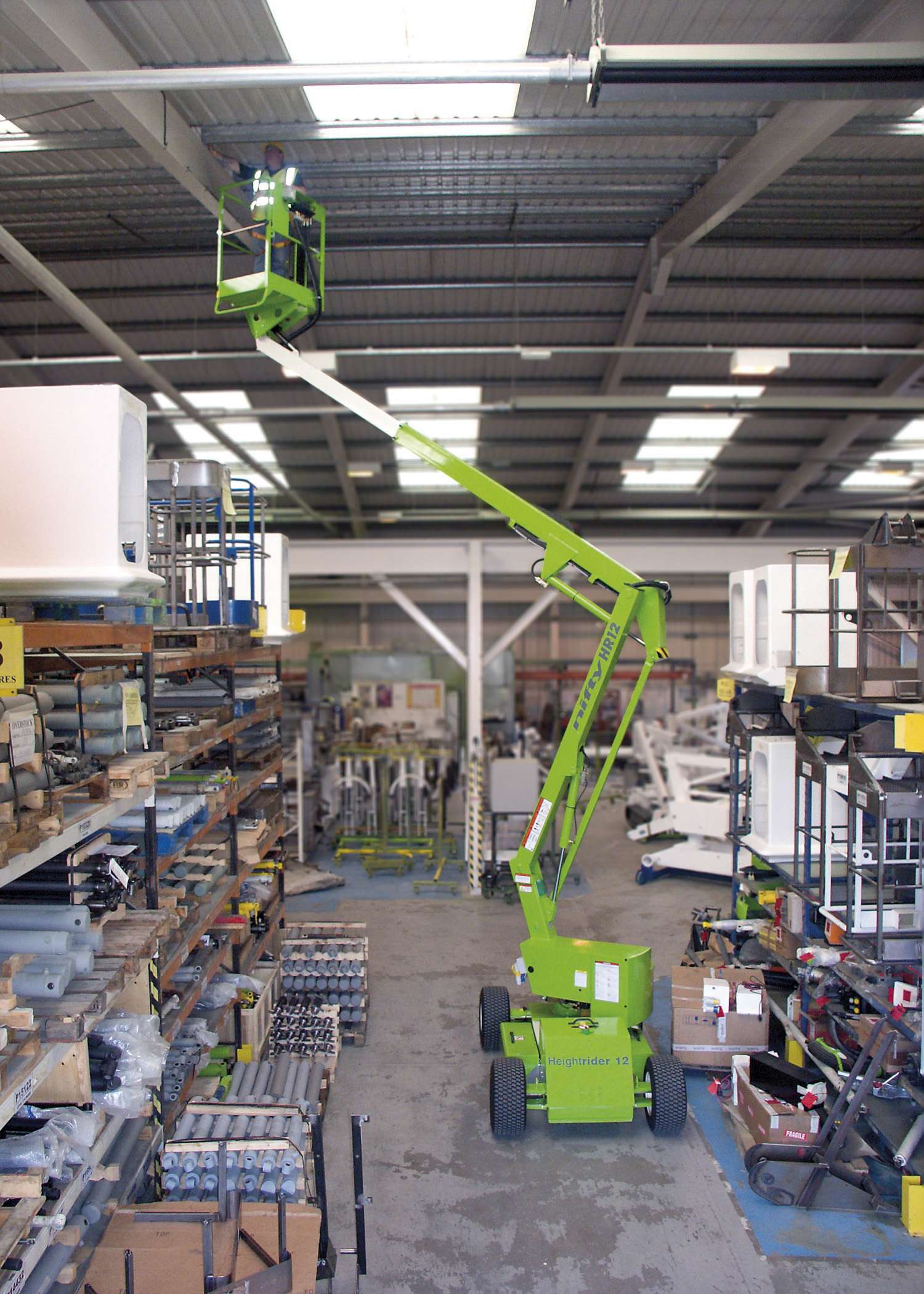
Therefore, if you spot any significant potential obstructions during the initial risk assessment, it’s often better to use powered access equipment such as a cherry picker instead. Not only does it provide valuable safety and stability, but you can reposition it on the go, saving you time and hassle.
4. The job requires using power tools at height
This is worth considering if you think you’ll need power tool hire at any point in the near future; even the most well-designed power tools can be unpredictable by their very nature, and they’ve been known to catch even the most experienced operators off-guard. And as we’ve touched on above, the smallest of surprises or mistakes can be enough to result in a fall, and potentially a serious injury – or worse.
Power drills and chainsaws are two examples of power tools that can hit operators with unexpected recoil. There’s also the chance that power tools will suddenly strike an object that offers a greater-than-expected amount of resistance, which can again be enough to unbalance the operator. That’s another solid reason why powered access equipment is the ideal choice, as it gives your staff the space and time they need to properly recover themselves. Alternatively, using a scaffold tower is a safe alternative, as well as convenient, as the platform allows enough room for tools as well as the operator.

5. You need a small team to get the task done
This is a fairly self-explanatory one – you’d never attempt to try and fit two team members on the same ladder, for example. And there are obvious risks with placing them on ladders side-by-side, as if one topples sideways then it’s got a 50/50 chance of taking the other one with it. Two employees taking turns to use the same ladder, on the other hand, will halve their efficiency and probably double the time it takes them to complete the job.
With powered access equipment like a scissor lift or a cherry picker though, you should have no issue with sending two team members up at once (provided the equipment in question is sufficiently highly rated enough to take their combined weight!).
6. You’re working on uneven ground
Most ladders (with a few exceptions) need completely level ground in order to guarantee the safety of the person climbing them. In most indoor environments this won’t be a problem. However, soft or uneven ground isn’t necessarily entirely limited to outdoor environments, with their lawns, flowerbeds and soil – you can still encounter uneven ground in industrial areas too, such as marks or indentations in the ground in garages and warehouses.
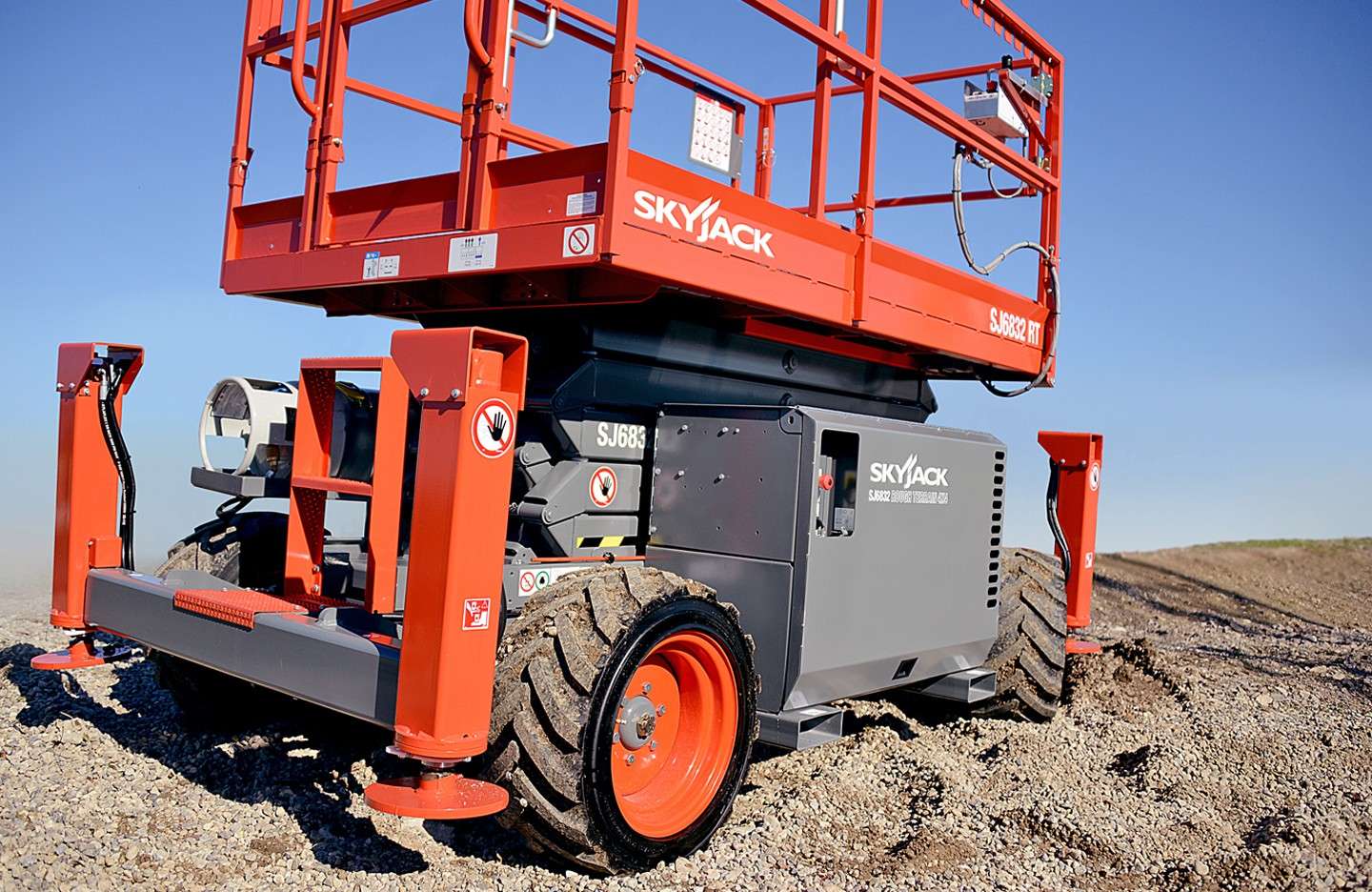
This is once again where powered access equipment really comes into its own. Equipment like scaffold towers and cherry pickers can effectively mitigate most dips and bumps in the ground, and many models are even equipped with sophisticated sensors to alert you to any gradients that could potentially affect their overall stability, so you can always be sure of your staff’s safety.
7. You’re dealing with unfavourable weather conditions
One of the key advantages of ladders is that they’re lightweight, which makes them highly portable. On the flip side though, unfortunately it also makes them vulnerable to moderate to extreme weather conditions, such as heavy wind and rain.
The standing advice from the Health and Safety Executive is to always try and delay work at height in inclement conditions anyway, but realistically that’s not going to be possible for every job – especially for safety-critical issues. (And let’s be honest, the UK is pretty notorious for its unpredictable weather conditions at the best of times; even in the summer most of us remain braced for the occasional bout of wind and rain!)
If you can’t delay your work at height, and you’ve got windy or rainy weather on the way, we’d always recommend opting for powered access equipment, as it can provide you and your staff with the extra stability you need to stay safe.
And of course, if you ever need any advice on which specific powered access equipment to choose for a particular task, that’s what our experts are here for at Smiths Hire. We operate from 16 tool hire depots across the North West, including several in major hubs like Manchester, Liverpool and Blackpool. What’s more, we supply powered access machines to businesses nationwide – so no matter where you’re based in the UK, you can count on us to be able to help!
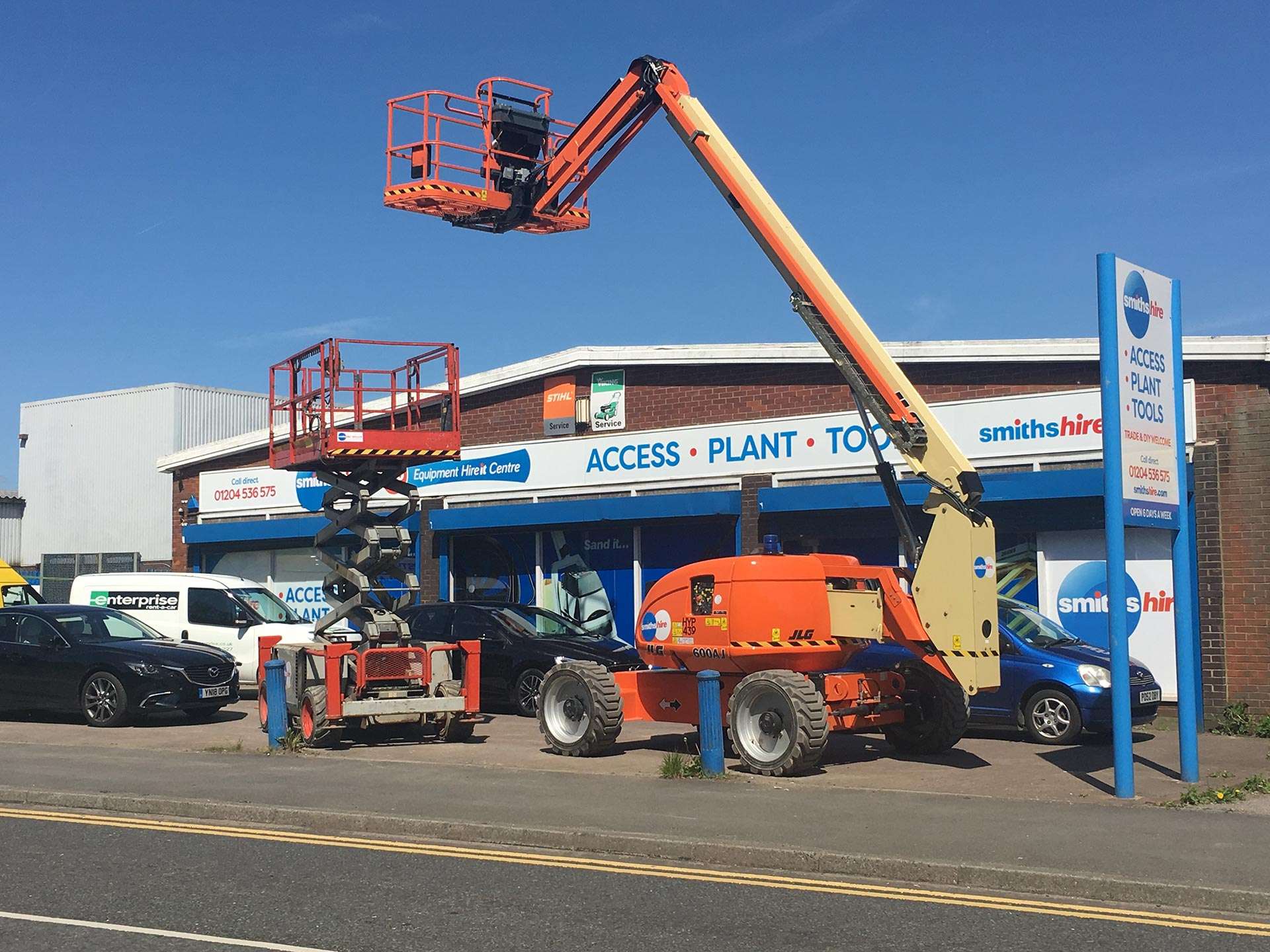
If you’ve got any further questions or you need a bit of expert advice, don’t hesitate to get in touch with us – feel free to call us on 0333 323 2100, and we’ll be happy to help however we can!

 SPEAK TO US
SPEAK TO US
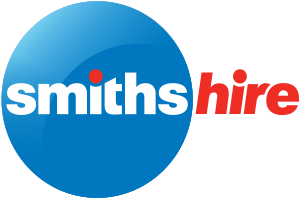
 My Account
My Account



